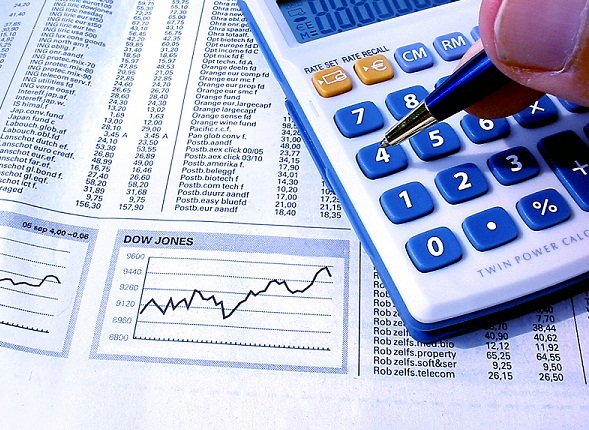EU Commission: Romania’s economic growth, limited to 2 pct in 2014 on declining investment

The European Commission has reviewed the latest prognosis on Romania’s GDP progress which indicated a growth rate of 2.8 percent this year, the autumn 2014 forecast anticipating an advance by only 2 percent. The revised estimation follows the economic slowdown recorded in the first half of the year resulted from the strong deceleration in the second quarter (1.2 percent y-o-y). Albeit private consumption and net exports had a significant contribution to Romania’s economic evolution, the drop in investment affected negatively the growth. However, according to the Commission’s report, investment growth is projected to regain momentum in the second half of 2014, sustained by both private and public investments.
As for the coming two years, the domestic economy is forecasted to gradually pick up and stay above potential at 2.4 percent in 2015 and 2.8 percent in 2016, as private consumption is expected to remain resilient and credit growth, to marginally improve subsequent to the recent recovery in local currency lending and eased credit conditions. Additionally, higher confidence of investors, along with the tax exemption for reinvested profits enforced in July 2014 and the reduced social insurance contribution are seen as likely to provide supplementary resources for businesses to boost investment.
The EU Commission’s report anticipates that after the record-low inflation in June, it will pick up, eventually averaging about 1.5 percent in 2014, yet lower than projected in spring, on account of the prospects for a good harvest, delays in gas price liberalization, lower global energy prices, and lower inflation expectations. In 2015, it should reach an annual average of 2.1 percent and 2.7 percent in the following year “due to the recovery in domestic demand, to the base effects from low food prices in 2014 and to the on-going convergence of prices towards the EU average”.
A major aspect pointed out by the report in question is Romania’s budget deficit, the Commission forewarning that although it will possibly fall to 2.1 percent of GDP this year, in 2015, the deficit is projected to increase to 2.8 percent of GDP under a no-policy-change assumption. While the increase in excise duties on fuels and the broadening of the basis for property taxation counterbalanced subdued growth from VAT receipts and lower social-security contributions, on the expenditure side, EU funds absorption and domestic capital expenditure have been significantly below expectations. Therefore, the recently enforced cut in social-security contributions and the reduction to 1 percent of the tax on “special” constructions will lead to a cumulated loss of revenue of about 0.9 percent of GDP.
“For 2016, the headline deficit is expected to decrease to 2.5 percent of GDP, as revenues improve in line with improving growth prospects, again under a no-policy-change assumption. In structural terms, the deficit is forecast to deteriorate from 1.75 percent of GDP in 2014 to about 2.5 percent of GDP in 2015-16. Government debt should increase from 37.9 percent of GDP in 2013 to 41.1 percent in 2015”, concludes the same report.






